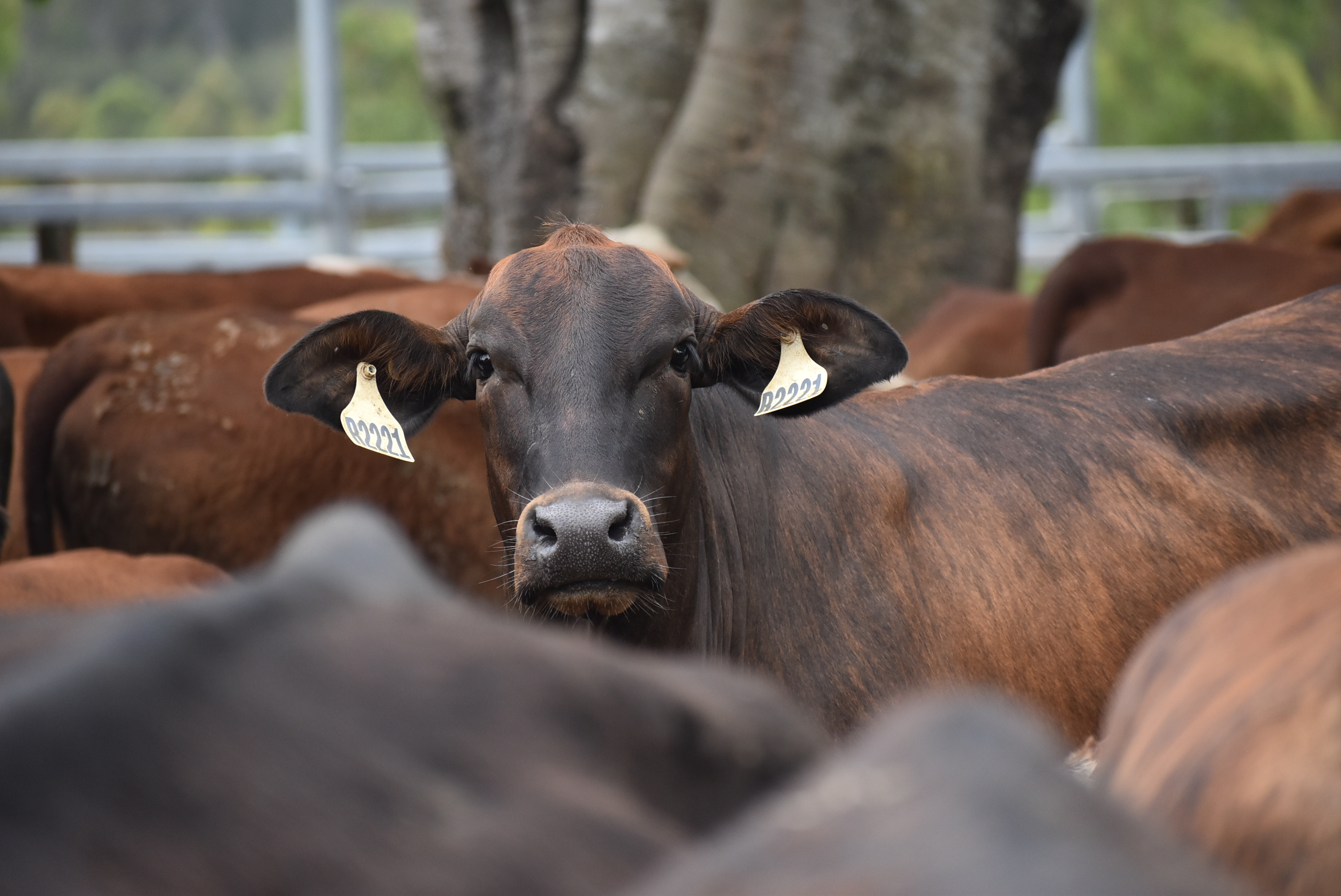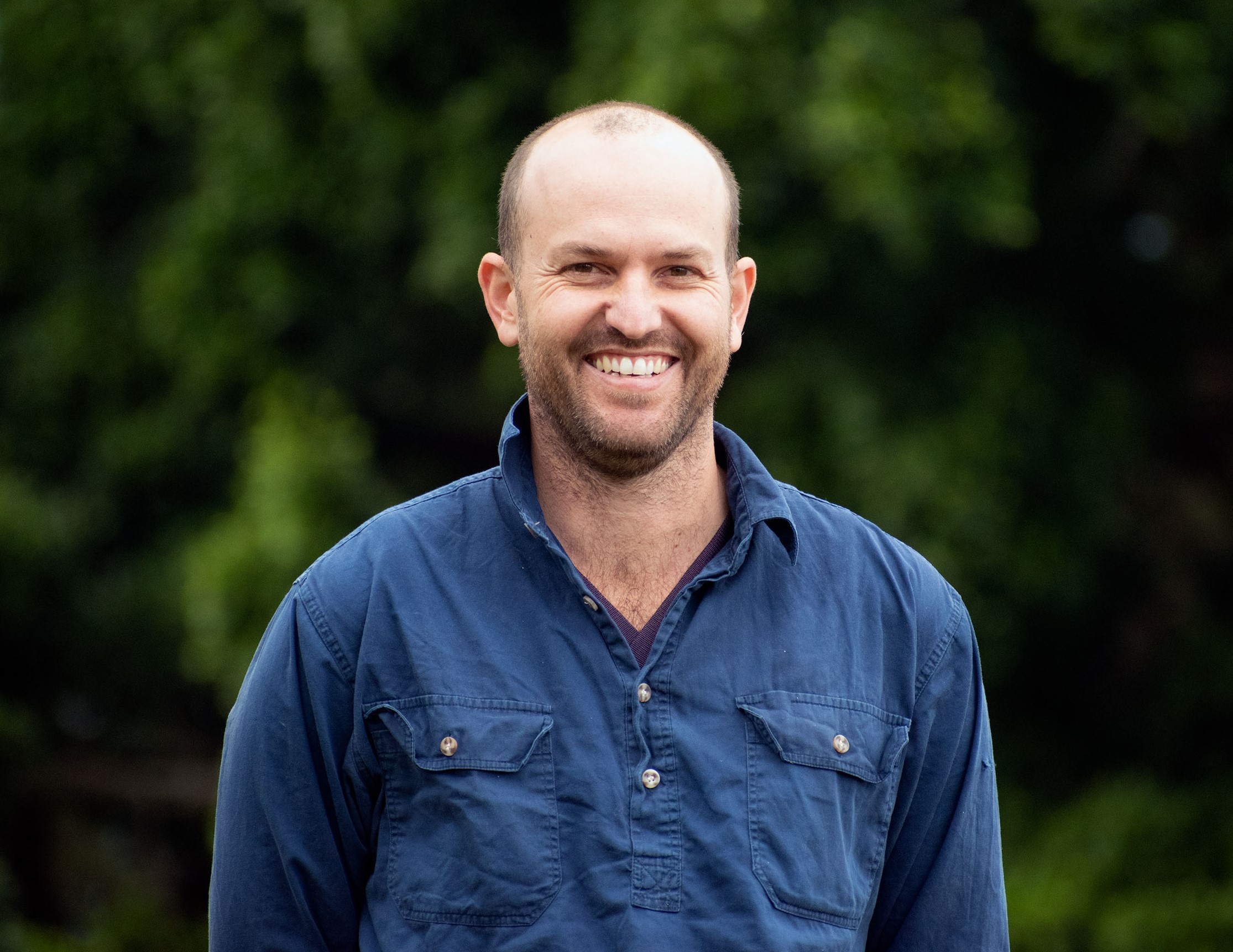
Measuring methane in cattle: Time to cough up the data
How do you train cattle to burp on cue? With a bit of patience and some bribery.

With the help of specialised GreenFeed monitoring systems, up to 20 animals per machine can be measured per day for their carbon dioxide and methane emissions.
To accurately capture data for this project, NSW DPI livestock genetics research officer Dr Tom Granleese said cattle must not only be trained to place their heads inside the GreenFeed machine but keep them in there for a minimum of three minutes.
“The cattle are inquisitive by nature so when they visit a machine, they get rewarded with a cup full of grain,” Dr Granleese said.
“Thankfully, as visits to machines increase, they tend to keep their heads in the machines for longer.”
 Dr Granleese said this project will further complement previous NSW DPI research projects aimed at identifying and reducing the livestock industry’s carbon footprint.
Dr Granleese said this project will further complement previous NSW DPI research projects aimed at identifying and reducing the livestock industry’s carbon footprint.
“Previous NSW DPI research has shown that methane emissions are heritable in cattle, thus can be reduced by genetic selection,” Dr Granleese said.
“As such, this project will create the structure via BREEDPLAN to enable beef cattle producers to reduce methane via genetic selection. This is a permanent and cumulative solution assisting the mitigation of methane.”
Dr Granleese said this project will also benefit breeders and producers seeking to reduce their livestock emissions while simultaneously improving profitability.
“Farmers are the ultimate environmental stewards – they’re always looking for ways to be more eco-friendly and modernise their operations,” Dr Granleese said.
“With ruminant animals contributing around 70 per cent of greenhouse gas emissions from the livestock sector, the outcome of this project will play a big role in reducing the industry’s carbon footprint and contribute to the NSW Government’s goal of halving emissions by 2030.”

